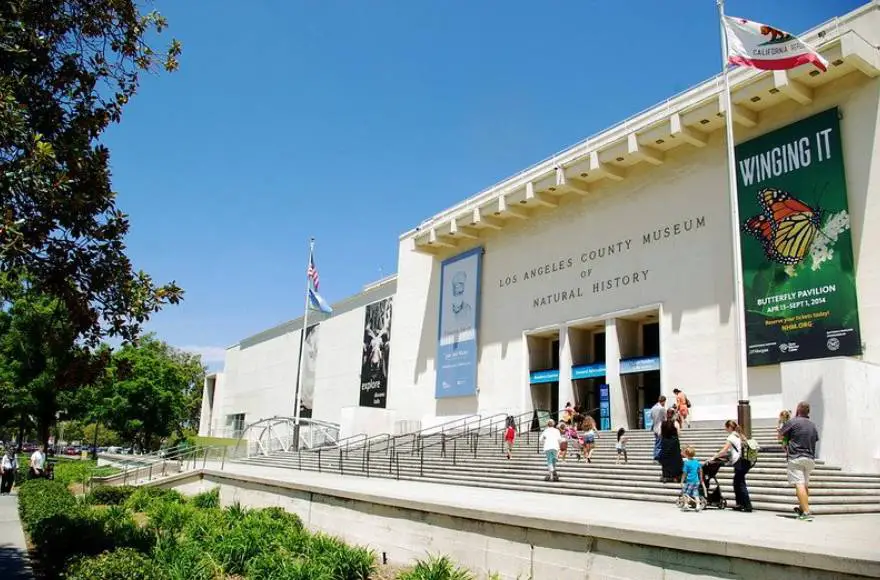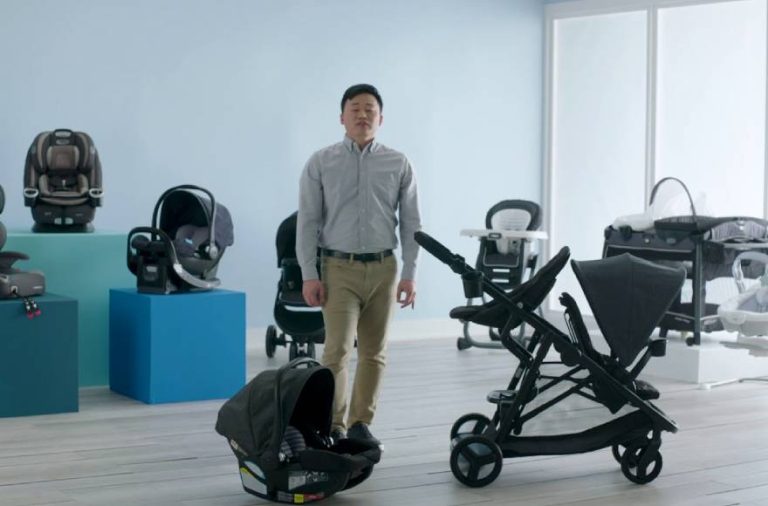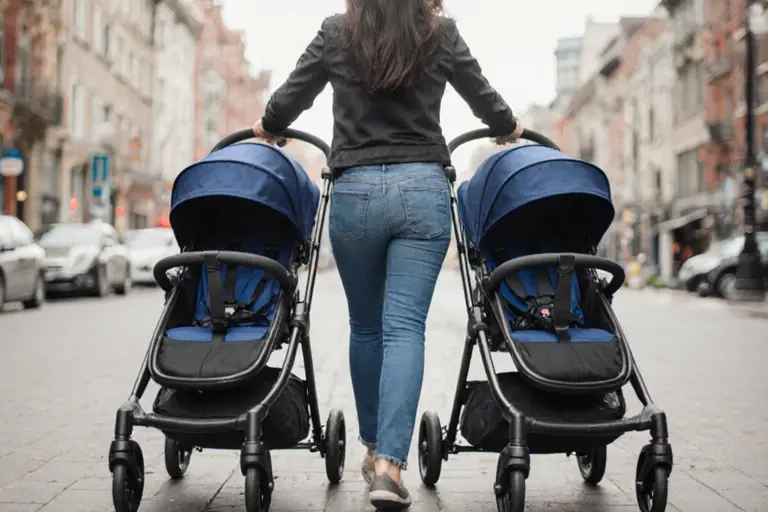Are strollers allowed in the Museum of Natural History?

The query of whether strollers are allowed in the Museum of Natural History is pivotal for parents and guardians planning visits with young children.
Policies regarding stroller access in the Museum of Natural History are conceived to balance the safety of exhibits and the convenience of patrons.
It is of utmost importance to refer to the museum’s official sources, as regulations may change based on the location, special exhibitions, and other pertinent considerations.
Are Strollers Allowed in the Museum of Natural History?
Yes, strollers are allowed in the Museum of Natural History.
However, visitors are advised to be considerate of others, especially during peak days/times when the museum is crowded.
An incident was witnessed where a stroller accidentally hit a person’s ankle, highlighting the importance of being cautious and mindful while using strollers in busy areas of the museum.
Key Points:
- Strollers are permitted in the Museum of Natural History
- Visitors are encouraged to be considerate of others, especially on crowded days
- Caution is advised when using strollers in busy areas of the museum
- An incident involving a stroller hitting a person’s ankle occurred
- Being mindful and careful with strollers is emphasized
- The importance of being cautious in crowded spaces is emphasized
Check this out:
💡 Did You Know?
1. Contrary to popular belief, strollers are indeed allowed inside the American Museum of Natural History in New York City. However, it is recommended to use smaller or collapsible strollers to navigate through the exhibits more comfortably.
2. The Royal Ontario Museum in Toronto, Canada has designated stroller parking areas throughout the museum to ensure the convenience and safety of visitors. These areas are equipped with security features to protect strollers while guests explore the exhibits.
3. The Smithsonian National Museum of Natural History in Washington, D.C. offers stroller rentals for visitors to use during their visit. This service allows families to explore the museum without the hassle of bringing their own strollers.
4. The Natural History Museum in London has special baby-friendly spaces where parents can comfortably breastfeed or bottle-feed their infants. These areas are located near stroller parking zones for easy access.
5. The Field Museum in Chicago hosts an annual “Stroller Day” event where families are encouraged to bring their strollers for a day of exclusive tours, activities, and discounts. This event aims to make the museum more accessible and enjoyable for parents with young children.
Admission Prices And Policies
The Museum of Natural History provides a unique pricing structure that allows visitors to pay what they wish for general admission. The suggested fees are:
- $25 for adults
- $20 for students with ID
- $20 for seniors aged 60 and above
- $14 for children aged 3-12
This flexible pricing model aims to make the museum accessible to a wide range of visitors, regardless of their financial circumstances. Tri-state residents can benefit from a special offer that allows them to pay what they wish for up to four general admission tickets with valid identification.
Certain groups are exempt from paying general admission fees at the Museum of Natural History. These groups include:
- Museum Members
- Children under 3 years old
- U.S. military members and their families during the Blue Star program
- Cool Culture pass holders
These exemptions are intended to make the museum more inclusive and welcoming to diverse communities. By offering free or discounted admission to these groups, the museum ensures that everyone has the opportunity to experience and learn from its exhibits and programs.
Tri-State Resident Benefits
One of the notable benefits for tri-state residents visiting the Museum of Natural History is the opportunity to pay what they wish for up to four general admission tickets with valid identification. This special offer provides residents of New York, New Jersey, and Connecticut with a more affordable way to explore the museum and all it has to offer. By presenting their identification at the ticket counter, tri-state residents can take advantage of this benefit and enjoy a day of learning and discovery at a discounted rate.
This initiative aims to foster a sense of community and engagement with local audiences, encouraging them to participate in the cultural and educational offerings of the museum.
- Residents of New York, New Jersey, and Connecticut can pay what they wish for up to four general admission tickets.
- By presenting valid identification at the ticket counter, tri-state residents can enjoy discounted rates.
- This special offer encourages community engagement and participation in the museum’s cultural and educational offerings.
Exemptions From General Admission Fees
In addition to the unique pricing structure that allows visitors to pay what they wish for general admission, the Museum of Natural History also offers exemptions from general admission fees for certain groups. These exemptions are intended to promote accessibility and diversity within the museum’s visitor base.
Exempted groups include:
- Museum Members
- Children under 3 years old
- U.S. military members and their families during the Blue Star program
- Cool Culture pass holders
- Other specified groups
By providing these exemptions, the museum demonstrates its commitment to making its exhibits and educational resources available to a wide range of audiences, regardless of financial constraints.
Note: These exemptions contribute to fostering an inclusive environment at the Museum of Natural History.
- Museum Members
- Children under 3 years old
- U.S. military members and their families during the Blue Star program
- Cool Culture pass holders
- Other specified groups
Stroller Policy
- The Museum of Natural History permits visitors to bring strollers inside the premises. This policy acknowledges the needs of families with young children who may rely on strollers for transportation within the museum. However, it is essential for visitors using strollers to be mindful and considerate of others around them. An incident was reported where a stroller accidentally hit a person’s ankle in a crowded area, emphasizing the importance of being aware of one’s surroundings and exercising caution while using a stroller inside the museum.
Considerations For Stroller Use
- Considerations for Bringing a Stroller to the Museum of Natural History:
- Layout and Crowd: Visitors should be conscious of the museum’s layout and its level of crowdedness when bringing a stroller.
- Peak Times: It is recommended to avoid using a stroller during peak days or times to minimize challenges in maneuvering through the museum.
- Challenges: Maneuvering a stroller through tight spaces and large crowds can be challenging and disruptive to other visitors’ experiences.
- Stroller Size: Being aware of the stroller’s size and ensuring it does not obstruct pathways or exhibits is critical for maintaining a smooth flow within the museum.
Stroller Usage Recommendations
To enhance the experience for both stroller users and other visitors at the Museum of Natural History, consider the following guidelines:
- Use a lightweight, compact stroller that is easy to maneuver in different spaces.
- Be mindful of your surroundings and avoid blocking pathways or exhibits.
- Consider using baby carriers or slings in crowded areas for easier navigation.
By following these simple tips and being considerate of others, visitors can ensure a positive experience for everyone at the museum.
FAQ
Are strollers allowed in AMNH?
Yes, strollers are allowed in the American Museum of Natural History, with the exception of theaters. The recommended entrance for visitors with strollers is the 81st Street/Rose Center for Earth and Space entrance, where you can easily navigate with your stroller throughout the museum’s exhibits and galleries. So feel free to bring your little ones and explore all the wonders that the museum has to offer while keeping them comfortably strolled throughout your visit.
Can I take a rucksack into the Natural History Museum?
Yes, you can take a rucksack into the Natural History Museum. However, if it is a large bag or suitcase, it must be left at the cloakroom by the main entrance on Cromwell Road. The luggage is charged according to weight, so it’s advisable to inquire with the team for more information. Museum Members are entitled to use the cloakrooms free of charge, making it convenient for them to store their belongings while exploring the exhibits.
How long does it take to walk around the Natural History Museum?
The Natural History Museum offers a captivating experience that can be leisurely explored within the recommended three to four hours. However, those with a keen interest in every corner of the museum’s four colored zones may find themselves spending the entire day immersed in the fascinating exhibits. The immersive nature of the museum’s displays and collections provides a rich and engaging experience for all visitors, making it easy to lose track of time while discovering the wonders within its walls.
While the recommended visiting time for the Natural History Museum is around three to four hours, the actual time it takes to walk around can vary depending on one’s pace and level of interest in the exhibits. Walking around the entire museum, taking time to fully appreciate each display, can potentially extend the visit to several hours. With so much to see and learn within the museum’s four zones, visitors may find themselves completely absorbed in the captivating world of natural history, making it an experience that is well worth spending a leisurely day exploring.
Do you have to pay to bring a stroller?
No, you do not have to pay to bring a stroller onboard the plane. Children’s strollers and child safety seats are considered separate from standard baggage and can be checked for free either at the curbside, ticket counter, or even at the gate. Additionally, in certain cases, child safety seats are allowed to be brought on board the plane for added convenience and safety.


